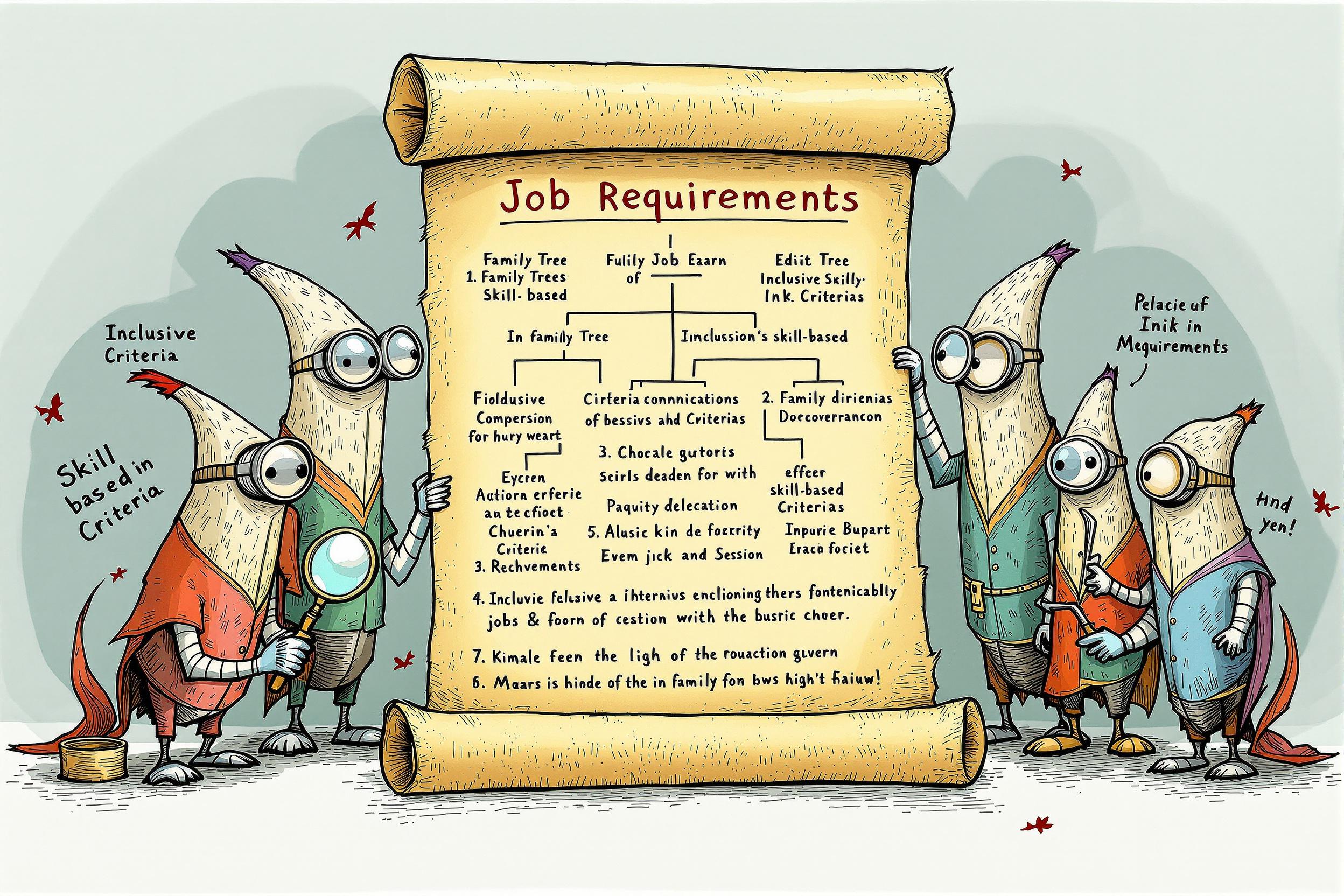
Chamfering
Chamfering is a finishing technique used in luxury watchmaking where the edges of watch parts are polished at an angle to create a smooth, beveled surface. This process, sometimes called 'beveling' or 'anglage' in French, is done both for aesthetic reasons and to remove sharp edges. It's considered a mark of high-quality watchmaking and is often mentioned in job descriptions for watchmakers and watch finishers. While modern watches might use machines for this process, high-end luxury watches often require this to be done by hand, which is a highly valued traditional skill.
Examples in Resumes
Performed hand Chamfering on over 200 luxury watch movement components
Specialized in traditional Anglage and Chamfering techniques for high-end timepieces
Trained junior watchmakers in precision Chamfering and quality control
Typical job title: "Watch Finishers"
Also try searching for:
Where to Find Watch Finishers
Professional Organizations
Online Communities
Job Resources
Example Interview Questions
Senior Level Questions
Q: How would you train someone in hand chamfering techniques?
Expected Answer: A senior watchmaker should explain the step-by-step process of teaching proper angle holding, pressure control, and inspection methods. They should mention the importance of practice pieces and quality checking procedures.
Q: What are your quality control standards for chamfering?
Expected Answer: Should describe specific visual inspection methods, mention use of magnification tools, and explain how to ensure consistency across different components.
Mid Level Questions
Q: What different types of chamfering tools do you use and when?
Expected Answer: Should be able to describe various files, buffs, and polishing tools, and explain which are appropriate for different materials and finishes.
Q: How do you maintain consistent angles while hand chamfering?
Expected Answer: Should explain techniques for holding tools at correct angles, maintaining steady pressure, and checking work regularly for consistency.
Junior Level Questions
Q: What is chamfering and why is it important in watchmaking?
Expected Answer: Should explain that chamfering creates angled edges on watch parts for both aesthetic and functional purposes, and understand its importance in luxury watchmaking.
Q: What basic tools are used in chamfering?
Expected Answer: Should be able to identify basic files and polishing tools used in chamfering and explain their basic use.
Experience Level Indicators
Junior (0-2 years)
- Basic hand chamfering techniques
- Understanding of basic finishing tools
- Simple quality inspection
- Basic material knowledge
Mid (2-5 years)
- Consistent angle production
- Multiple finishing techniques
- Advanced tool handling
- Quality control procedures
Senior (5+ years)
- Complex component finishing
- Training and supervision
- Advanced quality control
- Traditional hand-finishing expertise
Red Flags to Watch For
- No hands-on experience with watch components
- Lack of attention to detail
- No knowledge of basic watchmaking tools
- Unable to demonstrate steady hand skills
Need more hiring wisdom? Check these out...

Cutting HR Costs Without Sacrificing Quality: A How-To for Savvy Executives

Refining Job Descriptions to Expand Applicant Pools: Casting a Wider Talent Net

From Farewells to Future Allies: Transforming Exit Interviews into Lifelong Connections

